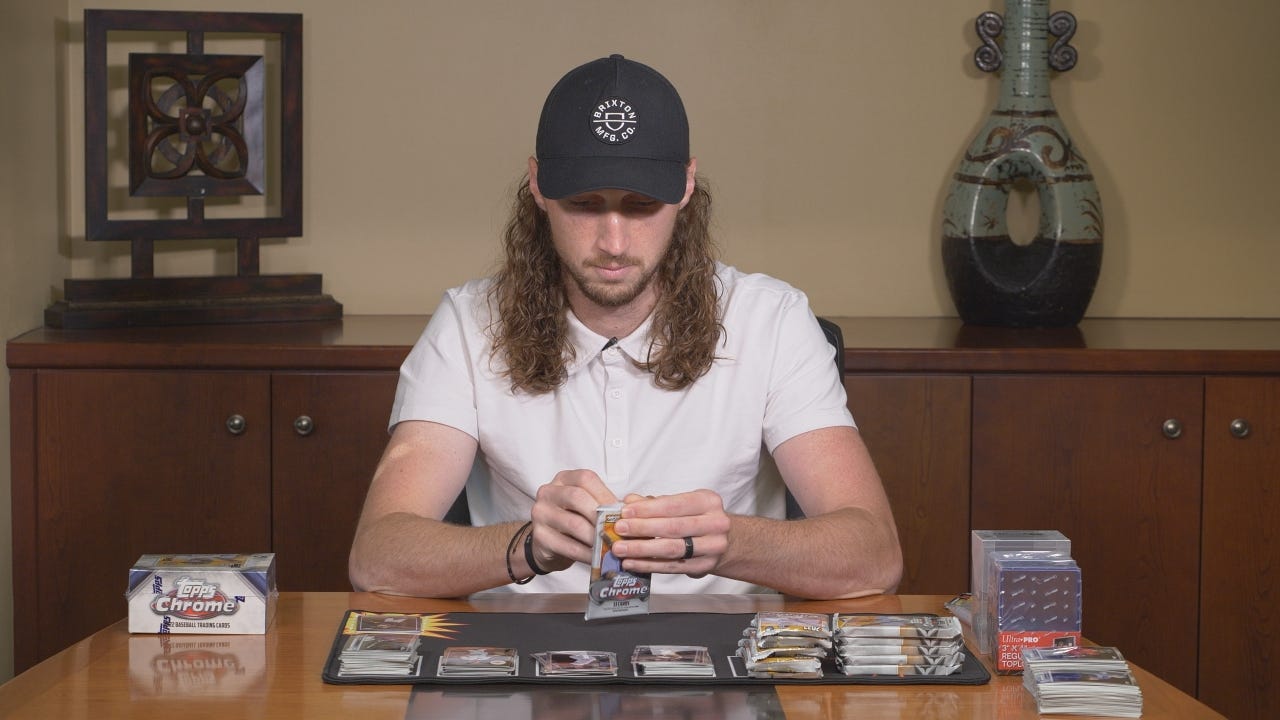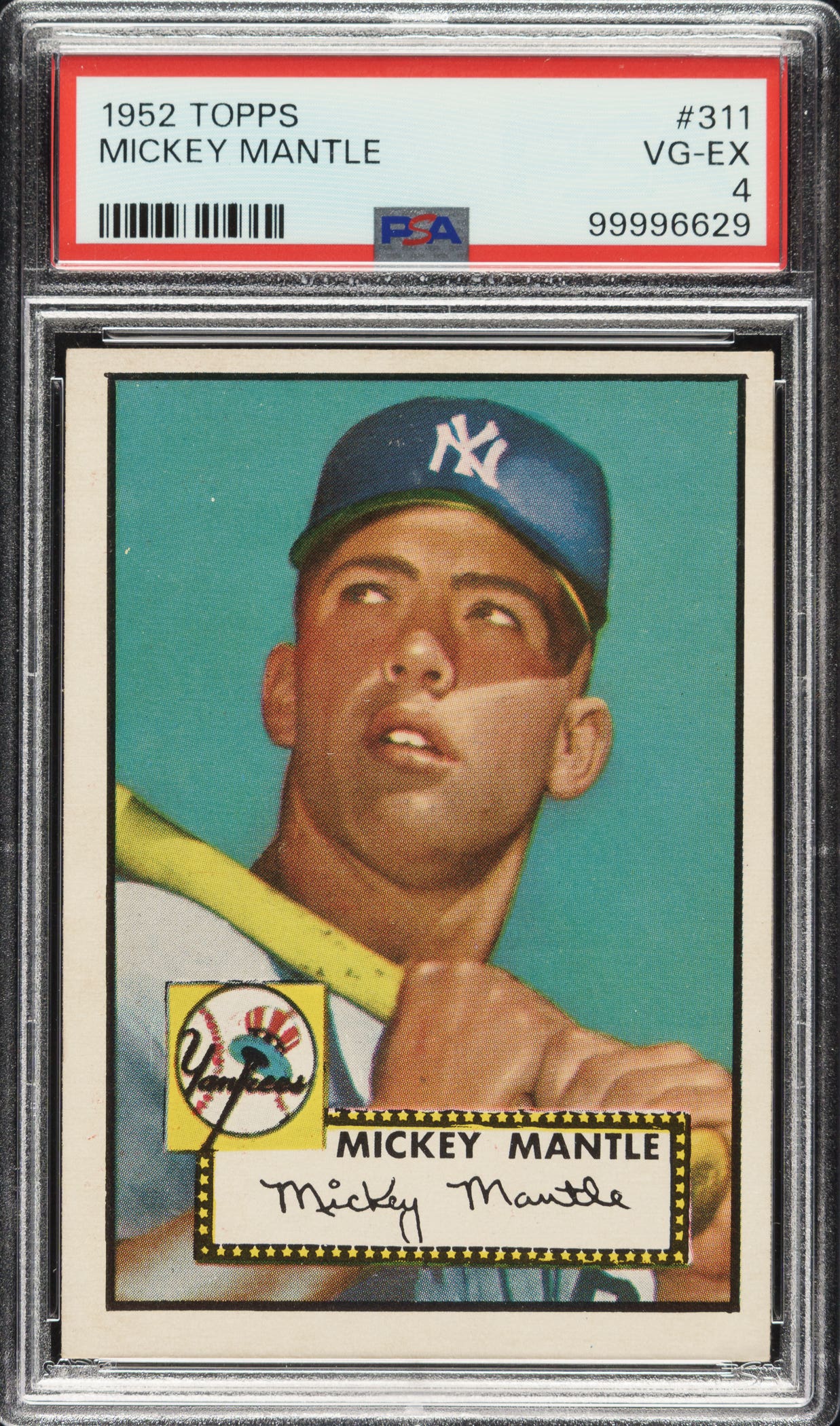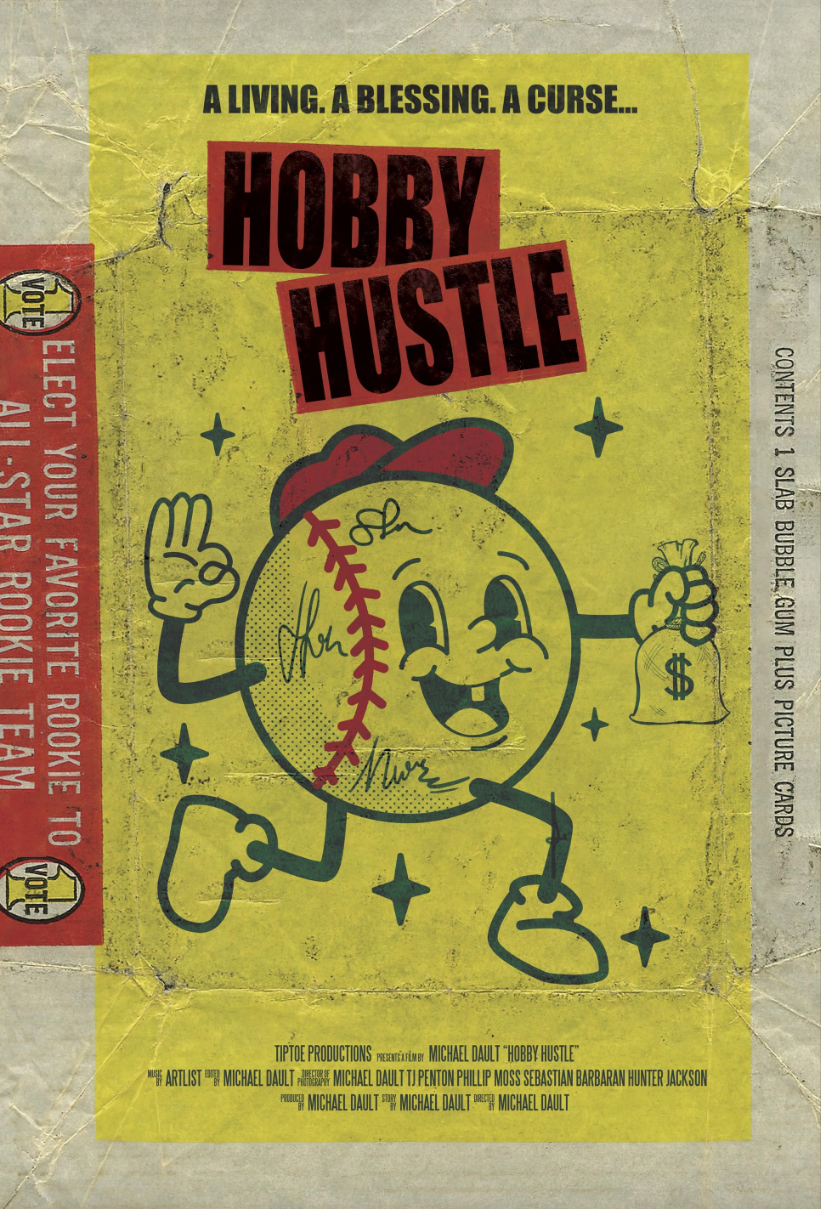
News
Ars Longa Custom Cards the Result of a Daughter’s Wish
By Mike Shannon
Baseball card collecting is always more fun when you have somebody to share the hobby with, especially when it is a son or daughter who catches one’s baseball card fever. Jesse Loving of San Jose, Calif., was thrilled when his 8-year-old daughter, Maya, decided in late 2012 that she wanted to collect cards. In fact, her enthusiasm for his childhood obsession was like a dream-come-true for Loving, until she informed him that she wanted to collect Honus Wagner cards . . . starting with the Wagner T206 card! Talk about getting buzzed by a high inside fastball when you were looking for a slow changeup right down the middle!
Maya had become fascinated with the T206 Wagner after reading Dan Gutman’s juvenile adventure story about the card, Honus & Me, in school. As much as his daughter’s newly discovered interest in the most famous and most expensive baseball card pleased him, Loving was forced to explain to her the financial impossibility of actually obtaining the card.
Undaunted, Maya sprang a second surprise on her dad – the suggestion that they make their own Honus Wagner cards. Jesse initially laughed off the idea, but the seed was sown. Two years later, Loving found himself knee-deep in a new business, as the man behind a growing series of beautifully produced baseball art cards known as Ars Longa.
Wagner, the great shortstop and batting champion who didn’t want his image on trading cards to influence children to use tobacco, would undoubtedly be proud to be the genesis of such cards.
Given Loving’s background, his interest in baseball was almost preordained, as was his own fascination with baseball cards. He was born Oct. 15, 1970, in Boston, and lived in and around Boston for the first 18 years of his life. His father owned a dental lab in Kenmore Square, across the street from Fenway Park, and bought Red Sox season tickets in 1978, which he still owns. So it’s little wonder that Loving grew up a big fan of New England’s favorite team.
As a youngster, Loving haunted Fenway Park, often arriving hours before game time to ambush arriving players of both teams for autographs, to watch batting practice and to chase down foul balls and angle for broken bats. Loving’s loyalty to the Red Sox abides to this day, as he watches about 100 Sox games a year and maintains that his favorite player is “anyone who plays for the Red Sox.”
Loving bought his first pack of Topps baseball cards at age 6, and during his teen years, collecting became a bond between him and his younger brother. At some point the brothers combined their collections to facilitate set building and to enable them to use their limited funds to acquire a greater number of vintage, expensive cards than neither of them would have been able to buy by himself.
After high school, Loving often put card collecting on the back burner as he pursued an education and yielded to a yen for adventure. He earned a B.A. degree in philosophy and human and natural ecology from Emory University (Atlanta) and a master’s degree in counseling psychology from the Institute of Transpersonal Psychology (Palo Alto, Calif.). He visited all 50 states (via car, motorcycle, hitchhiking and jumping freight trains!); lived in four different states at least six years each; and, after fathering Maya with his partner Jennifer Hodgson, moved to Belize, where he built a 3,000 sq.-ft. house out of mud while using nothing more than “my hands, simple tools and a couple of kids from the village.” In the process of carving a home for himself and his family out of the jungle, he developed a passion for rainforest botany, agriculture and permaculture. He planted a food-forest around the house, consisting of more than 100 fruit-bearing trees and edible plants.
When a Bay-area non-profit organization offered Jennifer a job that was too good to turn down, the Loving family moved back to the United States in 2011. Jesse returned armed with two important self-realizations that manifested themselves when he began his Ars Longa venture: “I feel best when being creative, and I can do some cool things when I put my mind to it.”
Back in America, Loving also discovered the baseball card market had really changed. The giant card collection that he and his brother had amassed in the 1980s and ’90s was full of near-worthless junk. Loving spent months assessing and disposing of it. He threw mounds of cards away and sold other huge lots on eBay, using the proceeds to buy vintage cards of Hall of Famers. Despite this attempt to upgrade the collection, the thrill, he discovered, was pretty much gone.
It was then that Loving took the first steps toward making his daughter’s suggestion a reality. He bought the software programs Photoshop and Illustrator and spent the next six months teaching himself how to use them. For six hours a night every night after work, he mastered the programs, tested materials and developed ideas. He discovered Helmar vintage art cards being sold on eBay and was encouraged and inspired by the man behind those beautiful cards, Charles Mandel. Eventually, Loving liked the cards he was making enough to think that other baseball card collectors would like them, too, so he quit his job, turned his garage into a studio and put his first Ars Longa cards up for sale on eBay in May 2013.
Loving’s partner and daughter had always been supportive, but it was the reaction of Ted Forsberg, one of his first customers, that convinced Jesse he was on the right track.
“I haven’t been this excited about baseball cards in decades,” Forsberg told Loving.
For an explanation of Loving’s philosophy as the maker of baseball cards, one need look no farther than the name he chose for his company. Ars longa is the abbreviated form (Ars longa, vita brevis) of the Latin translation of Greek physician Hippocrates’ aphorism: Life is short, art is long-lasting. In other words, Loving is making cards which he hopes will endure, in the physical sense, as well as in their appeal. That is why he uses archival inks and the best dual-sided photographic card stock available, applies three coats of protective aerosol spray and hand cuts each card before slightly distressing it to enhance the sense of aging.
Contrary to the concerns of some critics of vintage art cards, Loving is confident that the hyper-realistic crispness of his cards will not fade over time. After all, quality is Loving’s foremost ambition.
“I feel like my integrity is on the line with each card I make. I would feel terrible if a collector ever came back to me, even decades after I made a card, and said he was unhappy with it. Like Charles Mandel is doing with his Helmar line, I am trying to make cards which my collectors consider to be family heirlooms.”
Although there are similarities between Helmar and Ars Longa – both companies sell their cards strictly on eBay in auctions, one card at a time – differences exist, too. In particular, while Helmar (for the most part) employs artists to execute original small paintings as the basis of its cards, Ars Longa uses a different process altogether. Loving is not a painter but a highly skilled and creative graphic designer who uses photos as the raw material in the production of his cards. That being said, there’s nothing simple or quick about what Loving does. On the contrary, the creation of each Ars Longa card is an intense, lengthy process, involving – on average – 20 hours of research and fine tuning. Loving uses only photos of his subjects which are in the public domain, and often considerable restoration of the photo selected is necessary. His colorization of the image is another meticulous, time-consuming part of the process, as adding each color is a different step. And finally there are the backgrounds, which Loving lovingly assembles from various sources (often original vintage cards such as the 1887 N284 Buchner Gold Coin series), perfects and then places behind the finished images of the players. Because the process is so labor intensive, Loving “loses money” on every card he creates for some time, until sales of the card reach a certain level. Until that point, each card created amounts to a labor of love.
As of this writing, Ars Longa has released about 400 cards, distributed more than five sets: Spear Heads, Beginnings 1880s, Pioneer Portraits I 1850-1874, Pioneer Portraits II 1875-1899 and Pilgrims. All five sets resemble or contain elements of classic tobacco sets and feature players and personages from baseball’s earliest days up through the dead ball era.
The most popular Ars Longa set may be Pilgrims, which is modeled in size after the 1910 Mecca double-folder set (although each Pilgrims card features one player, not two like the Mecca double-folders). Loving began the set by including 50 of the same players which appear in the Mecca set but then passed over some of the obscure Mecca players in favor of the Hall of Famers and Negro League stars favored by many of his customers who were not included in the Mecca set, such as Cy Young and Pop Lloyd. Perhaps because of their larger size, these Pilgrim cards exemplify the virtues of the Ars Longa brand, as the vibrant colors and exquisitely sharp images seem to bring the subjects alive and give the collector the impression that he is indeed holding a miniature work of art in his hands.
In an attempt to reproduce something akin to the thrill we veteran collectors used to get opening wax packs, Loving has a redemption program underway whereby collectors earn cards from an Ars Longa set that is neither sold nor even displayed on the company’s website. Loving also plans to introduce new Ars Longa sets soon.
In the meantime, Ars Longa is slowly but surely building a base of loyal collectors who appreciate the dedication to baseball history, photography and art, which the Ars Longa brand represents. As for Maya Loving, who is proud of the beautiful baseball cards her father is producing, she is still waiting for the first Honus Wagner Ars Longa card to appear.
Something tells me that when the card is finally made, she won’t have to win an eBay auction to get one.
(Editor’s note: Upon completion of this article, Loving has, indeed, created a Wagner card, as shown here.)
Mike Shannon is a freelance contributor to SCD. He is also the editor in chief for Spitball Magazine. He can be reached at spitball5@hotmail.com.






